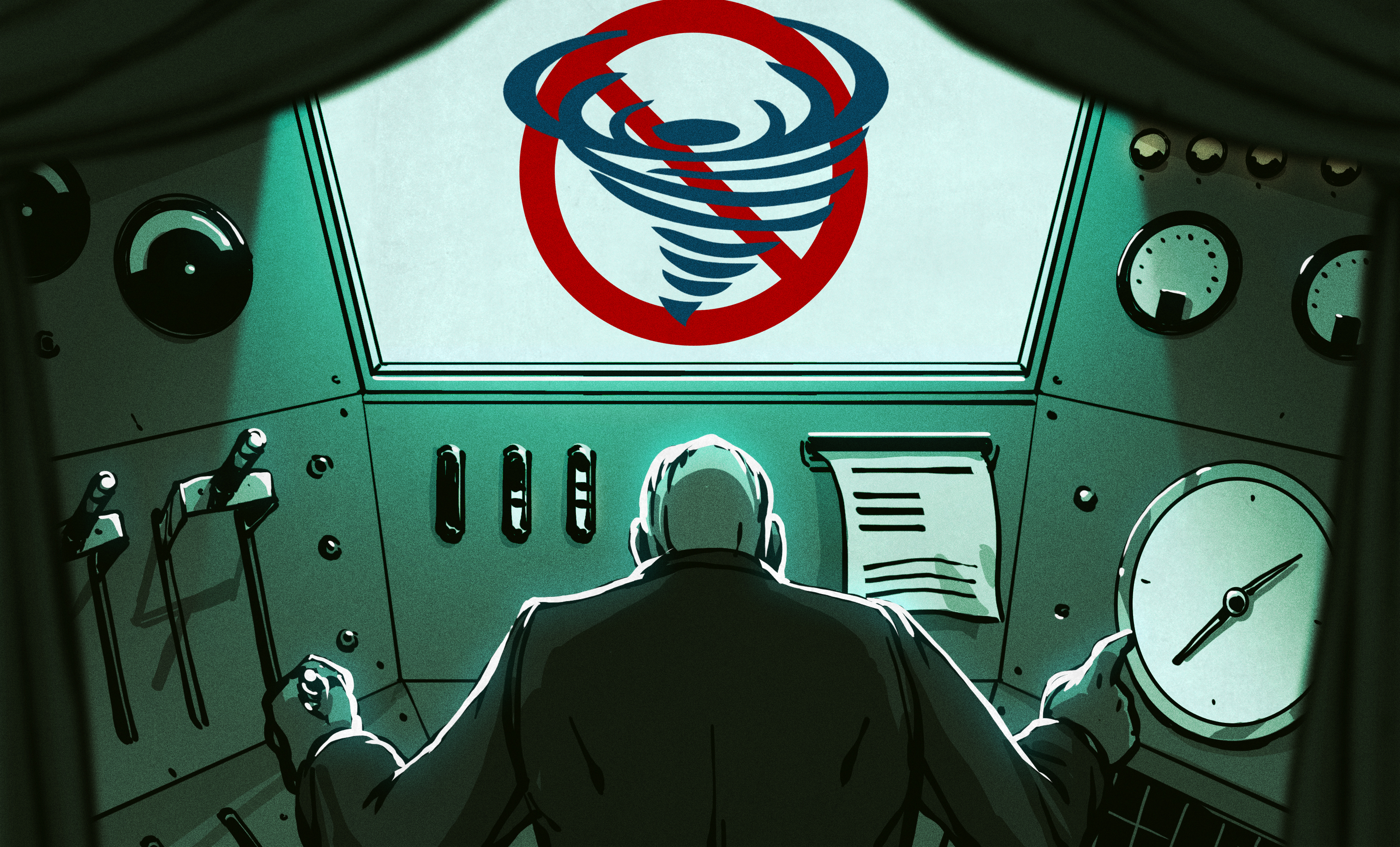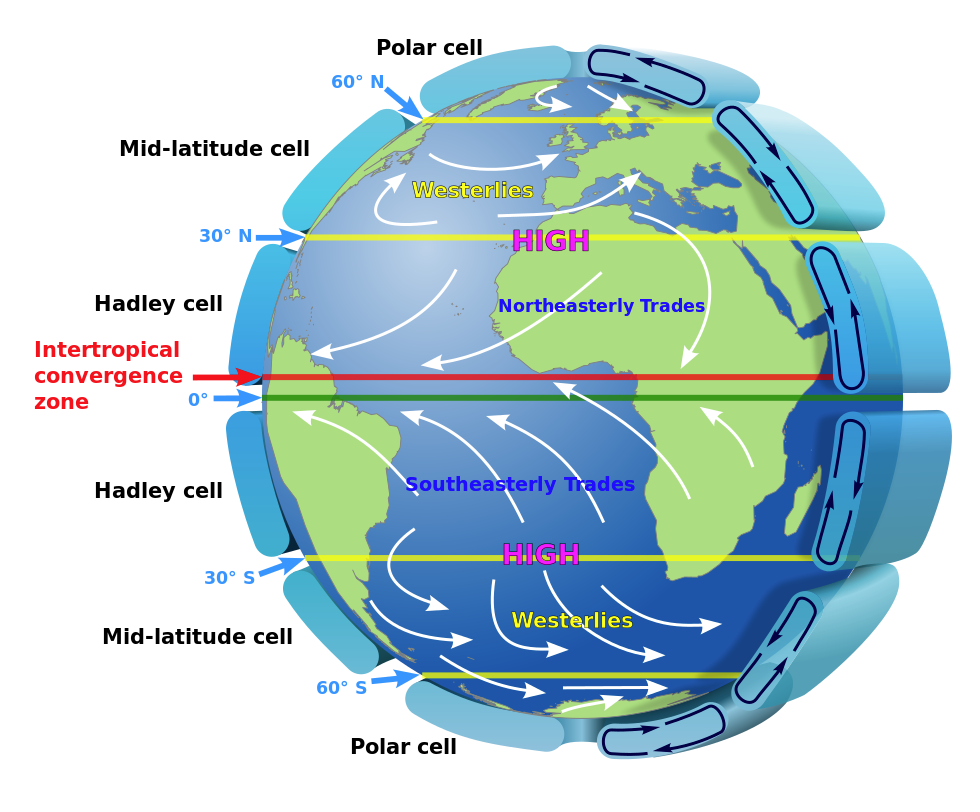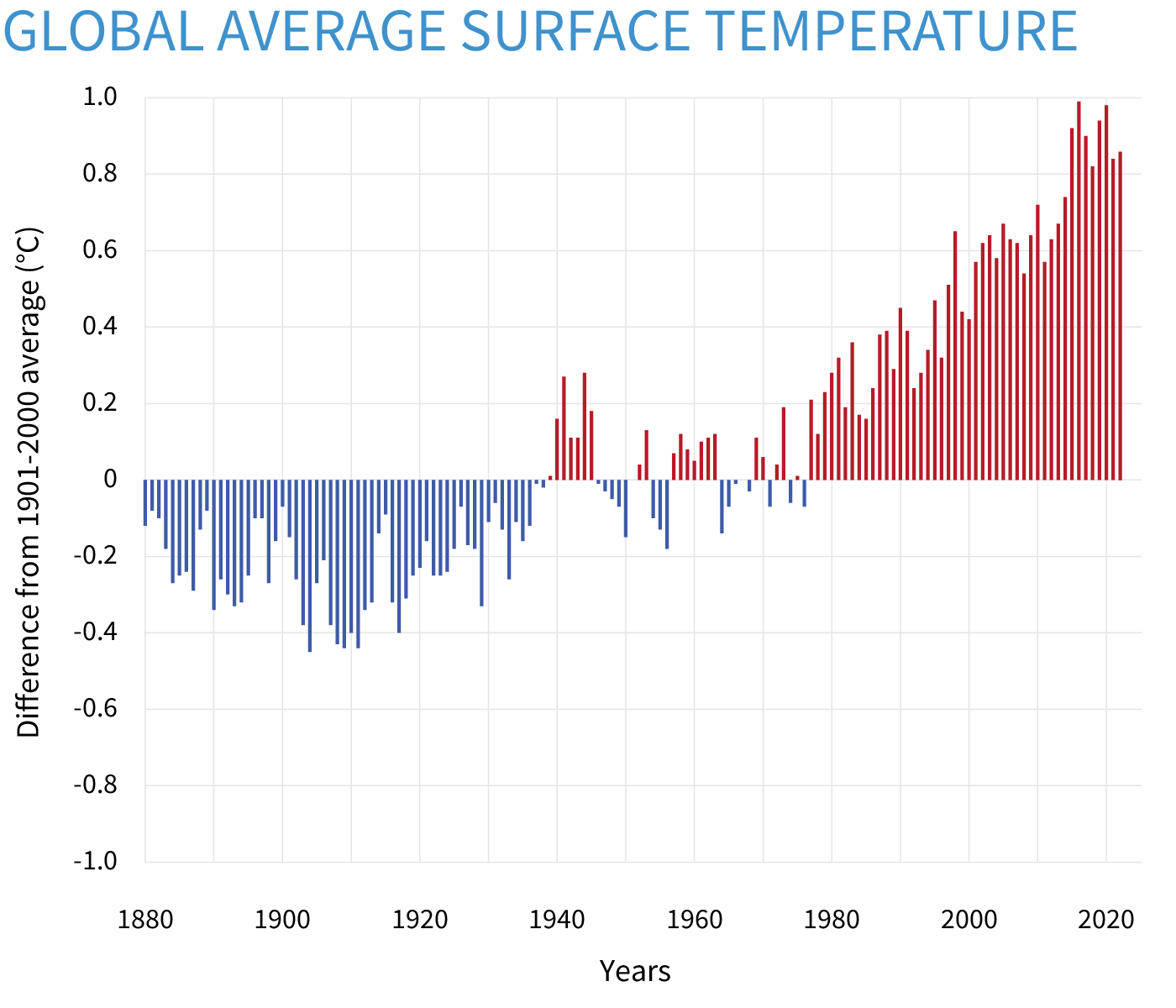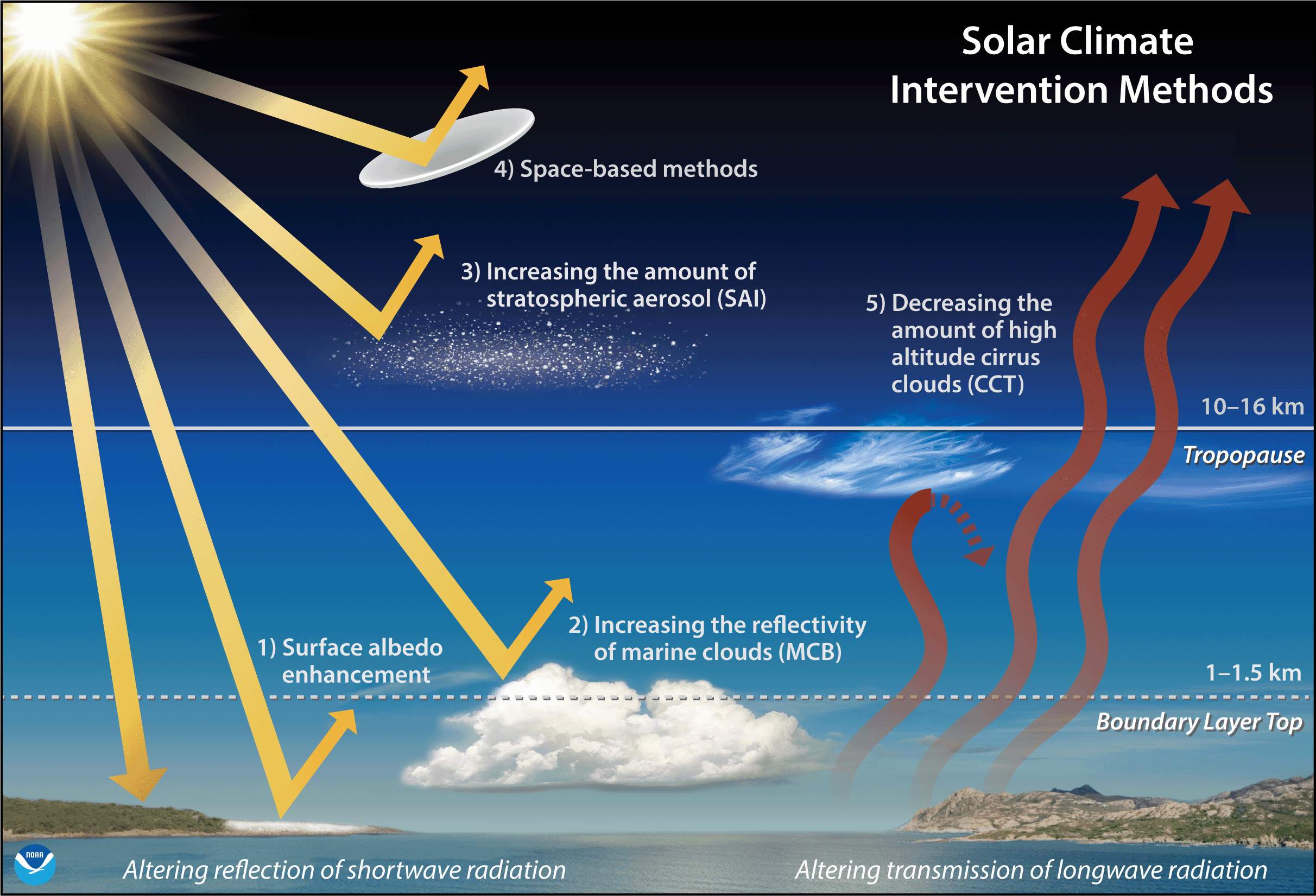The Challenge of Weather Modification in the Face of Climate Change [Hackaday]

Over the past decades we have been able to observe a change in the Earth’s climate, caused by an increasing amount of energy being retained in the atmosphere. This in turn has affected weather systems around the globe, causing more extreme weather. As a result, the prospect of weather control is more relevant than ever for the nations which are most directly impacted by severe rain and winds. Although the concept of weather modification is not new, it used to be primarily focused on rather limited aspects, such as cloud seeding to increase precipitation.
Recent proposals such as Japan’s weather modification moonshot program seek to find ways to prevent or lessen the impact of torrential rains, typhoons and similar extreme weather events which accompany climate change. This proposal is part of Japan’s multi-topic Moonshot R&D program which seeks to advance the state of the art in a wide range of fields in a very significant way by 2050. As far as weather modification is concerned, this naturally raises many questions. Clearly we are capable of affecting the climate through emissions of e.g. greenhouse gases and large-scale construction, but are there ways in which humans can affect the climate and weather in a more refined manner that benefits society, or is this something which will remain beyond our grasp for the foreseeable future?
Defining Weather

Weather is defined as the state of the atmosphere, which includes such parameters as temperature, moisture levels, as well as turbulence, such as wind and hurricanes. Driving forces behind weather are differences between air pressure, temperature and moisture between different parts of the atmosphere, where each parameter is driven by a number of different inputs, such as the angle of that part of the planet towards the Sun, available surface water and weather systems in nearby regions, with the Sun’s thermal input providing much of the impetus in this system.
The main difference between climate and weather is that the former is rather constant, pertaining primarily to large-scale systems including atmospheric circulation and ocean currents. These circulation patterns set the parameters for what ultimately turns into weather through the locally present temperatures, moisture and winds. As a chaotic system, most weather models rely on historical trends, together with the input from sensors that constantly feed temperatures, moisture levels and many more parameters into the weather simulation.

This ensures a fairly accurate prediction for the next few days, but as the amount of energy in this system increases (higher global temperature) or decreases (e.g. ice age), the historical weather trends become less meaningful, due to fundamental aspects such as the flow rate of the Gulf Stream changing, which in turn changes the distribution of thermal energy, moisture and thus local weather patterns.
The essential summary of weather is thus that it is primarily driven by the amount of thermal energy in the system, which itself depends on both the amount of solar irradiation and the percentage of this energy that is ultimately retained within the Earth’s atmosphere, surface and oceans, rather than radiated back into space.
In order to change or control the weather, it is therefore crucial to affect these processes in some manner. When we look at the practice of cloud seeding to induce precipitation, this involves adding more nuclei to specific clouds (or fog) around which moisture can collect before falling down to the surface. Here the weather system isn’t fundamentally changed to achieve this effect. Although the moisture that was thus extracted from clouds cannot turn into rain or snow elsewhere now, with the cessation of cloud seeding the system should return to its previous state.
Weather vs Climate Change

As noted in the preceding sections, there has been a net increase in the amount of thermal energy retained in the Earth’s atmosphere and oceans, which is causing shifts in the Earth’s climate. Because of this change, it means that the weather changes along with it. With more energy in the system, this result in more evaporation in warmer regions, leading to more extreme downpours where the atmospheric cells meet colder air, as well as droughts and extreme winds in general. This does not just threaten the safety of people, but also everything from agriculture to infrastructure.
Yet despite many considering these to be new considerations, weather and climate modification has been a topic for many decades, with the 1965 report by the Special Commission on Weather Modification (PDF) to the National Science Foundation (NSF) providing a glimpse at both the focus and state of the art back then. This is followed by a 1979 report produced by the Secretary of Commerce as a response to the National Weather Modification Policy Act that sought to take stock of the available options more than a decade after the report to the NSF.
While the benefits of climate control are obvious, as it allows humanity to prevent natural disasters and optimize the weather for agriculture and other human activities, both reports duly note that so far humankind is better at changing the climate without intending to do so. Human cities and clear-cutting of forests form heat islands, while the burning of fossil fuel and industrial activity add pollutants to the atmosphere that increase the heat retaining properties of the Earth’s atmosphere as a whole, thus raising global temperatures.
Interestingly, the 1979 report covers experiments performed on hurricane moderation (Project Stormfury) which employed the seeding of hurricanes (tropical cyclones) with silver iodide in the hope that this would lessen their force. This was based on the theory that such cyclones contain enough super-cooled water that would respond to the seeding, and thus disrupt the cyclone’s structure. This theory turned out to be incorrect, but would provide valuable information on these tropical cyclones.
It is postulated that rising ocean temperatures could increase the frequency as well as the strength of cyclones and tropical storms, but so far there is still a lot of uncertainty about the impact here, mostly due to how poorly we understand how tropical cyclones form and gain strength.
Terraforming Earth
Within the outlined context, Japan’s weather modification Moonshot program seems rather ambitious, even if the need for it is obvious. We’re seeing more extreme storms, more droughts and as a result more wildfires and flooding. Some countries like the US and China are investing heavily in cloud seeding as a way to extract more rain from the clouds, but this raises questions about the long-term viability and overall effectiveness of such an approach. Meanwhile preventing extreme rains and flooding are still beyond our capabilities, beyond designing cities and waterways in rural areas so that they don’t get inundated by large amounts of water.

Among the more extreme weather modification proposals is that of solar geoengineering, which would entail essentially blocking part of the sunlight, accompanied by the extraction of CO2 from the atmosphere (carbon geoengineering), which is to this day a highly contentious issue with no clear (efficient) approach to accomplish this. Meanwhile the concept of blocking sunlight with aerosols in the troposphere along with other extreme proposals has been met with significant resistance.
Perhaps the elephant in the room here is that the only aspect of the Earth’s climate that we seem to have a solid control over is that of pollution with greenhouse gases, mostly from the use of fossil fuels and industrial processes. Curbing the pollution there using whatever means available is something that we can begin with today, as demonstrated in the 1970s already in the US, France, Sweden, Norway and Ontario through the use of hydro and nuclear power. Even countries like China that are often chided for their use of fossil fuels like coal are rapidly expanding the share of low-carbon power, with China looking to exceed the number of nuclear plants in the US today (92) with more than fifty plants under construction or in planning, in addition to its massive build-out of both solar, wind and hydro renewable capacity.
Pragmatism
As much as we would like to control the weather, including storms, typhoons, hurricanes and a gentle Summer’s rain, there is a reason why Japan’s Moonshot program is called this and targets 2050 as a hopeful date by which to have met any of the goals it has set out to achieve. The Earth’s atmosphere and oceans are after all enormous, with the sheer energy behind its circulatory systems, currents and resulting weather far beyond what we can reasonably hope to master.
This leaves us to consider what we have control over, which is essentially the aforementioned curbing of pollution, as well as changing cities and other areas affected by human activity to change their albedo and reduce loss of moisture via evaporation. This can be achieved through the planting of trees, restoring forests and greening cities while considering rainwater capture and retention. While not as futuristic as weather modification with fancy machinery and weather control grids as seen in Star Trek, these are proven methods that we have available to us today.

![the-challenge-of-weather-modification-in-the-face-of-climate-change-[hackaday]](https://i0.wp.com/upmytech.com/wp-content/uploads/2023/09/142890-the-challenge-of-weather-modification-in-the-face-of-climate-change-hackaday-scaled.jpg?resize=800%2C445&ssl=1)